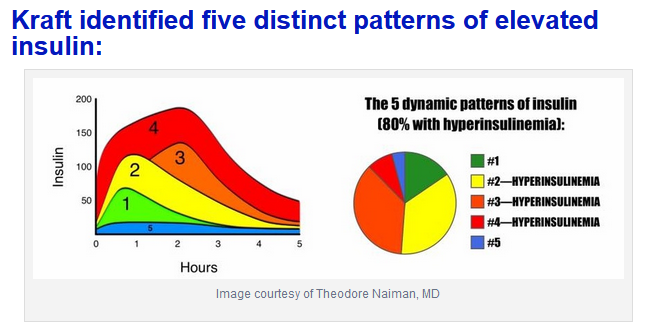1300 kcal may be perfect for someone with a low energy need, actually but it is usually a really low one I think.
Sadly, the food needed for (especially long term) satiation and our energy need aren’t always in a nice relationship. My body rarely accept way less than my daily energy need for a meal - or when it does, I get hungry in 1-2 hours. Keto doesn’t helped. Carnivore was cool first, okay, still cool but first I was okay with smaller meals and less calories in overall, not anymore. I must do everything right to stay below 2000 kcal, the weird obsession of my body. It wants that, no matter what. I lost fat, lowered my carbs, my eating window diminished… My body STILL wants that.
But this “can’t eat more” is something that meat and lack of carbs can do. I very nearly always could eat a ton, it’s my great skill. But sometimes meat gives a stop sign. It was more apparent in the beginning on carnivore but meat is still special if I eat enough of it. It’s the opposite of carbs (for me, at least, some people get wonderfully satiated with them), they can tear apart my existing satiation often a big meaty meal.
Some vegs may not ruin this effect, it’s individual. It’s best for me to avoid them (maybe a tiny bit can remain, that’s okay), others benefit from more, it seems…
If 1300 kcal won’t be enough, it may be it’s the calories (easily, it’s too little for most of us). But maybe it’s the protein or the chosen items. It may take a lot of experimentation to figure out what works.
And of course, we aren’t robots. Some days we want more even if we aren’t super active on that day. So occasional “anomalies” don’t matter. We even can lose fat just fine with regularly eating at a calorie surplus, I lost fat smoothly on low-carb that way. 2000 kcal on most days, more on some others, it worked like a charm while my energy need was big enough. It’s possible my higher-cal days helped my body to know there is no famine (though 2000 kcal for a sedentary short woman - as it was my most inactive time in my life after I learned to walk - isn’t exactly famine, I would think but you never know with my spoiled body).
Good luck!!!
Oh and one single 1300 kcal may be fine if it’s just one day. It happens. I don’t force my body if it doesn’t want more than that (I actually celebrate to avoid eating too much… :D). But I make sure I eat better the next day as I know very much I need more than that.


 ) Maybe I should aim for a few more calories.
) Maybe I should aim for a few more calories.